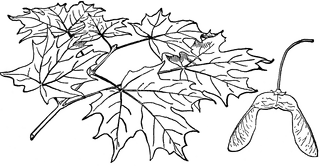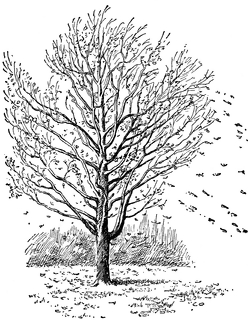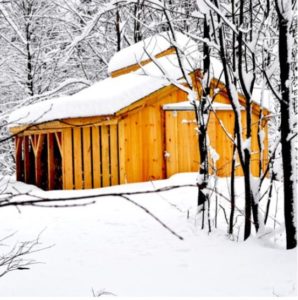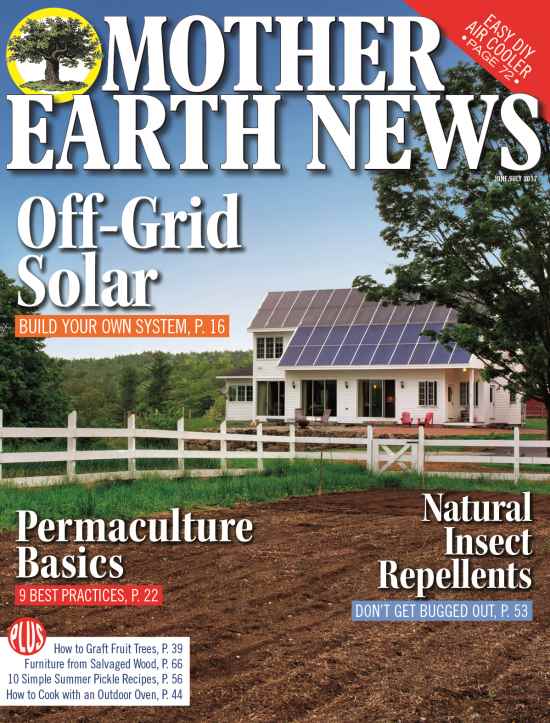Here in Vermont, trees are starting to come out of their winter hibernation as their sap starts to flow from the roots on warmer spring days. The trees stored the sap during the shortened days of autumn. In the early spring, the sap occasionally travels from the roots to the leaf buds awaiting to unfurl. One tree in particular in the Mid-West and North Eastern United States and Canada provides more than beautiful scenery.
Sugar Maple Trees
The Sugar Maple, Acer saccharum, is tapped this time of year so humans can harvest some of its sap. This liquid is boiled into maple syrup or maple sugar. The Sugar Maple is the best choice because its sap has the highest sugar content relative to other tree species (2%-3% sugar). North America is the primary producer of maple syrup. The weather is ideal for this sap flow; the nights are below freezing so sap stops flowing, and the spring days are warm and often sunny, which encourages sap flow. A weather pattern such as this prevents the tree from turning sugars to starch too quickly. Once the nights are above freezing, and the days warm into the 50s, the sap will convert to starch and is no longer ideal for making high quality maple syrup.
The Discovery of Maple Syrup
The modern maple sugaring industry has made sugaring an efficient and scientifically driven business. However, many of the tools used now still have distant roots in their ancestry. The Native Americans were the first people to make maple syrup. Numerous stories tell how this tradition came to be. One story tells of how a warrior sunk his knife into a tree trunk and water flowed out; his wife then boiled meat in the water and it made syrup. Another legend tells of a Native American finding a sweet icicle formed from the liquid of a broken maple branch.
Traditional Sap-Gathering Methods
Native Americans’ methods of making syrup were rather ingenious. Some tribes collected the sap in birch bark baskets or hollowed out logs. They allowed the liquid to freeze overnight, then, they removed the layer of ice as the sugar did not freeze. Several nights of freezing and removing the ice left them with a much sweeter liquid as the sugar content became higher. Adding hot rocks to the sap caused it to boil and the water evaporated. The sugar again became concentrated and the liquid thickened.
Local Food
Today, no matter a person’s level of technology, the methods of making maple syrup remain essentially unchanged. Most large scale sugar makers use tubing, small taps, and a vacuum system to gather the sap. Many still boil the sap in an evaporator, while others have invested in the efficient osmosis system. If you live in a part of the world where the weather allows for maple sugaring, you can make your own syrup with just a few metal taps and buckets to collect sap in. Many homesteads have seasonal products such as fruits and vegetables, firewood, meat, etc. Consider adding maple syrup and sugar to your homestead’s year-round income.













